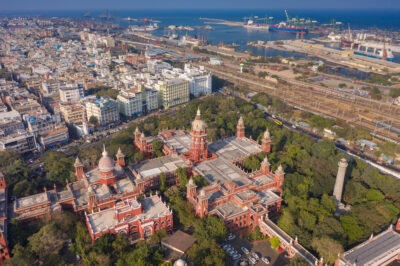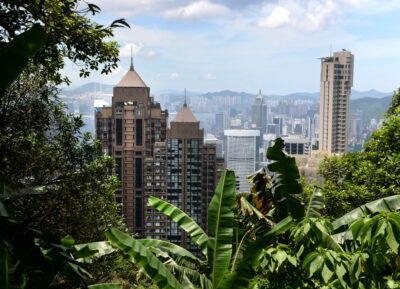Homes then and now: A look back at Filipino architecture from 100 years ago
The Philippines’ rich history and vast influences from other nations have paved the way for the contemporary designs of today
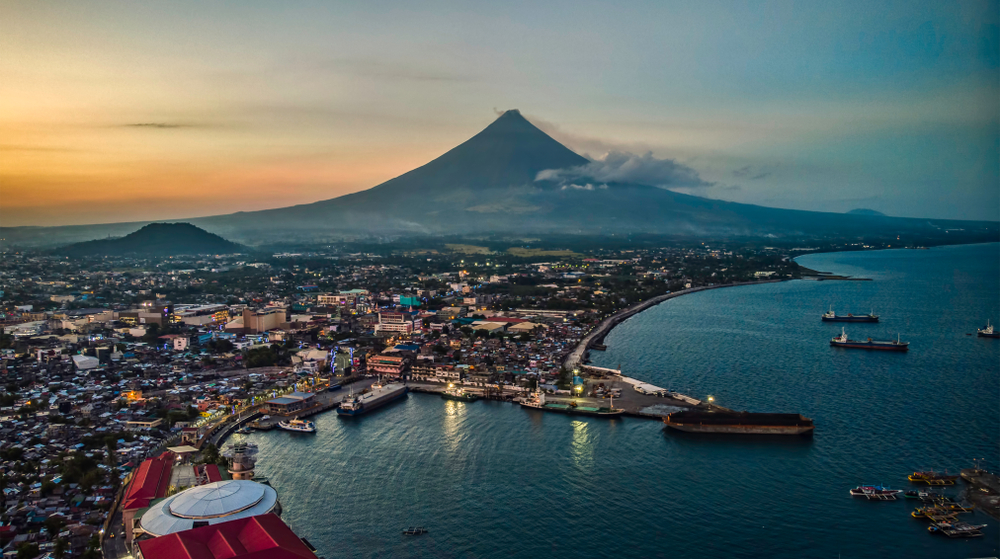
With approximately 7,640 islands – 2,000 of which remain uninhabited, says National Geographic – the Philippine archipelago has immense space and natural resources available for building homes, which the ancestral tribes took advantage of in building the first known Filipino home.
Several centuries later, Spain (1565-1898) and the United States (1898-1946) colonised the country, indelibly rewriting the history, culture, and beliefs of the Filipino people. This influence is evident in religion, language, politics, and of course architecture, as seen in landmarks, heritage sites, and houses throughout the country.
Yet, despite the evolution of Filipino homes from 100 years ago, several communities still choose to replicate the style of century-old homes today — and the most favoured and well-known globally among the designs is the bahay kubo.
Bahay Kubo (Nipa Hut)
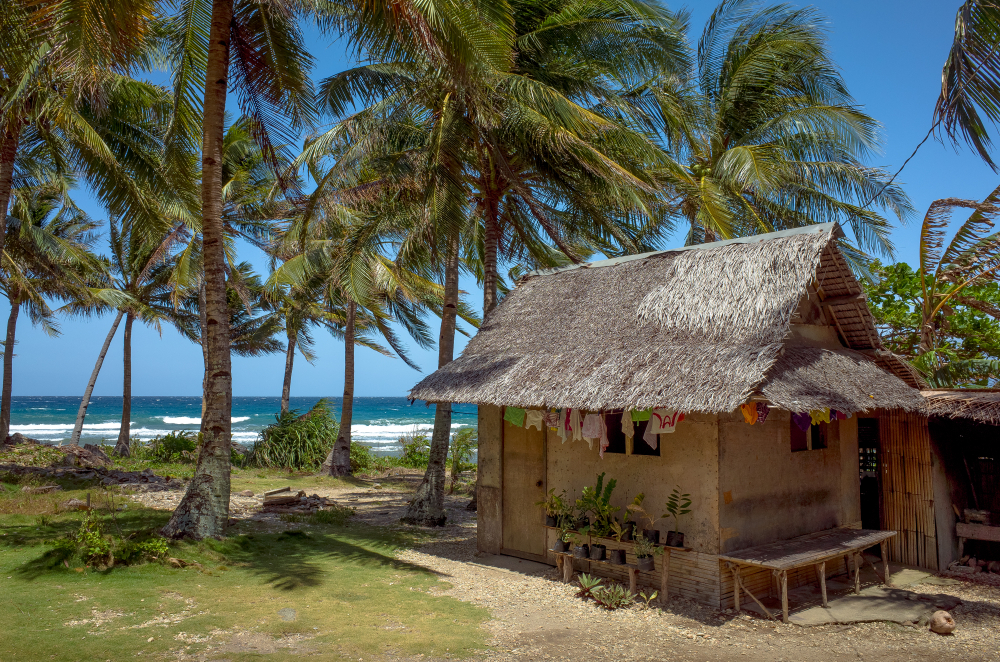
When you think of a traditional Filipino home, the bahay kubo usually comes to mind. According to Lamudi, many Filipino citizens in the rural communities still adopt this style because of its simple design, ease of execution, and readily available and affordable native materials, such as nipa and bamboo.
During the American occupation, architect and heritage advocate Paulo Alcazaren said in his column on The Philippine Star that “Filipinos were encouraged to build homes with more Western materials and with spatial patterns that partitioned spaces.” This is why in the 1930s, the typical bahay kubo can be seen with higher ceilings and bigger living rooms. Though the roof was still made of thatched nipa and the walls of woven sawali or bamboo strips, the interiors now feature sturdy bentwood furniture and accessories made of rattan.
Bahay na Bato (Stone House)
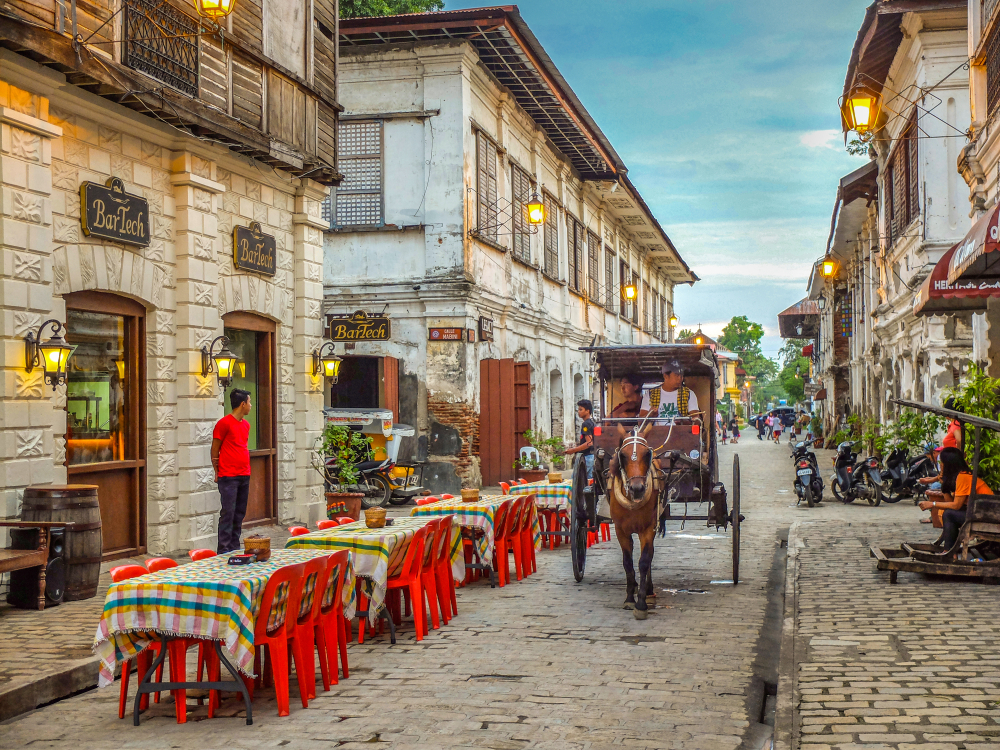
The Spanish colonial era brought about stone and masonry construction in the Philippines, leading to the development of infrastructures, such as roads and bridges, and paving the way for another traditional Filipino home, the bahay na bato.
As its name suggests, this typical two-storey home is made of huge cut stone or brick walls on the ground floor and hardwood on the upper level. Tatler Philippines describes this Antillean style of architecture as a “stately Filipino house during the Spanish Colonial period” built for the upper echelon, adding that this design is ideal for the Philippine climate fraught with natural disasters.
However, the style is unique from one island to another. The homes in Manila and Luzon is distinct from that of the ancestral homes in Visayas, for instance. In Negros Occidental, Silay City is referred to as the “Paris of Negros” because of its magnificent, century-old Art Deco heritage homes and structures. Iloilo City also has its fair share of mansions, including the classic colonial architecture of Molo Mansion with its distinctive high ceilings, exquisite arches, and ornate carvings.
Tsalet (Chalet)
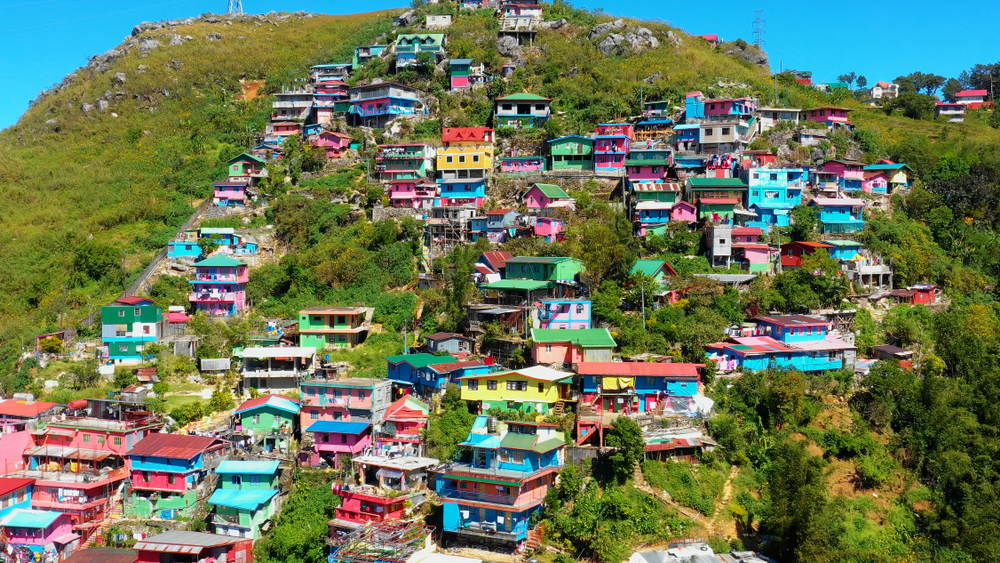
As the United States stepped in, they began to highlight the concept of sanitation – and so laid the foundation for the cubeta or the use of toilet through a pail conservancy system.
On her blog Filipina Architect, Gloryrose Dy Metilla said that in a tsalet home, “the bathroom and kitchen [is now] situated inside the house and had modern features such as the flush system and modern shower.” Private garages to secure vehicles were first introduced in this type of home.
The early days of urban planning also emerged with this concept, via a neighbourhood design called a sanitary barrio.
Bungalow
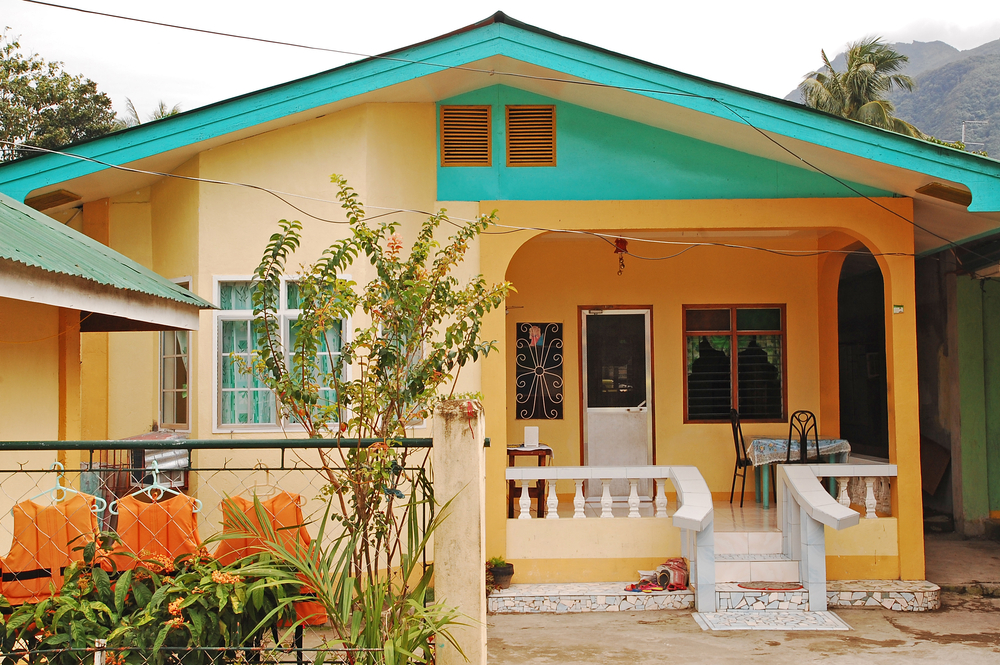
Major architectural developments occurred during the American regime, including the origin of the most common type of house in the country, the bungalow. Tokyo Grand Renovation said these homes are usually low-rise, made of concrete walls and galvanised iron roof, and have a yard, garden, and garage.
Bungalows are often found in urban areas since these are easier to construct and cost much less compared to a multi-storey house. This design is also perfect for the elderly because it is small, easy to maintain, and don’t have flights of stairs. Since these are low to the ground, bungalows offer more privacy to the residents who can use trees and fences to block the windows.
More: From nipa huts to condos, Manila’s architectural gems are national treasures
Townhouse
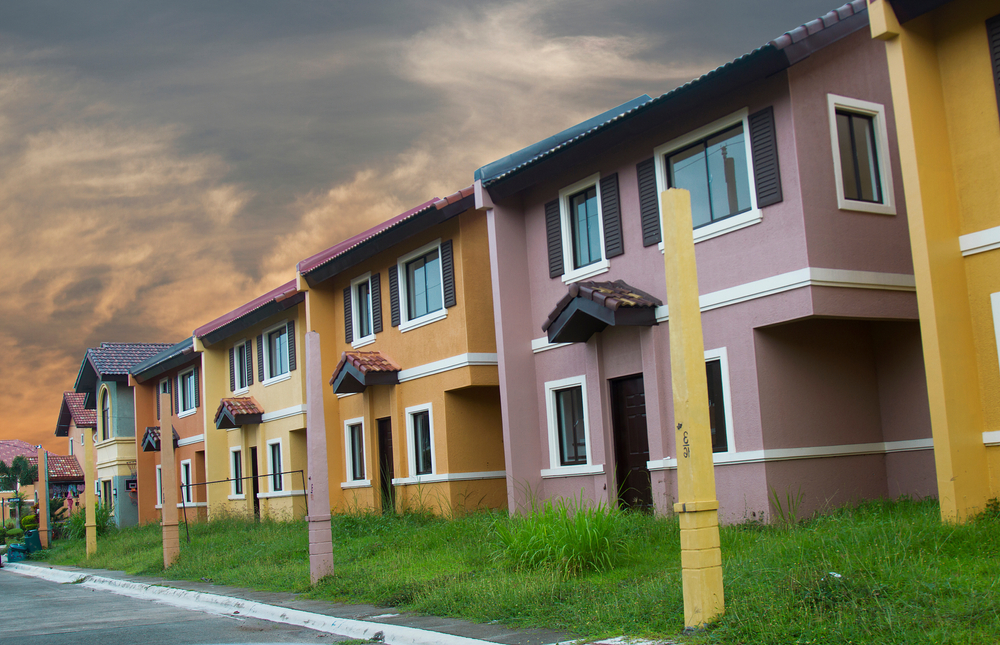
Townhouses are also fairly common in the Philippines. These have been coined as “starter homes” for new families because of the general cost of building and maintenance, as well as the affordability of the lot area. Townhouses suit those who prefer not to live in a condominium and aren’t ready to invest in a permanent house and lot.
Condominiums
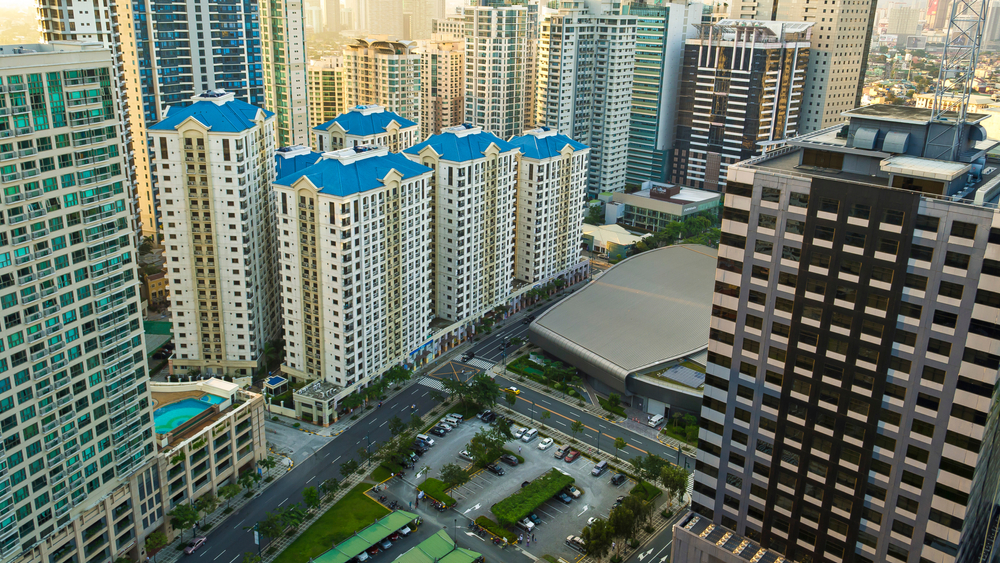
Condominiums have taken over major cities not only in the Philippines, but also across the globe because of its price range and strategic location in city centres. It offers utmost convenience to residents, seeing as they will have direct access to gyms and recreational areas and they won’t have to worry about maintaining yards and garages. These types of homes come with its own building security, landscapers, repairmen, housekeepers, and other servicemen. A maintenance fee is normally required from owners to help keep the building in good condition.
As times change and as our needs evolve, our definition of a modern home in the coming years will be different, even without the influences from other cultures. So far, we are seeing a growing number of property buyers around the globe interested in moving to fully automated, sustainable homes – and with the awareness growing in the Philippines and the increasing number of sustainable buildings being constructed by the PropertyGuru Philippines Property Awards‘ winning developers, this is a more likely scenario in the foreseeable future.
Recommended
Meet the vagabond architect behind India’s housing scene
Vinu Daniel is helping to shake up India’s home building setting
Where Asian real estate stands in a fragmented, warmer world
Asia’s real estate industry faces many and varied challenges as external factors continue to bite
6 sights to see in Singapore’s Marine Parade
Handily located Marine Parade has emerged as a vibrant investment choice in the Lion City
There’s a township dedicated to health and wellness in Malaysia
Property seekers have their health needs catered for at KL Wellness City






